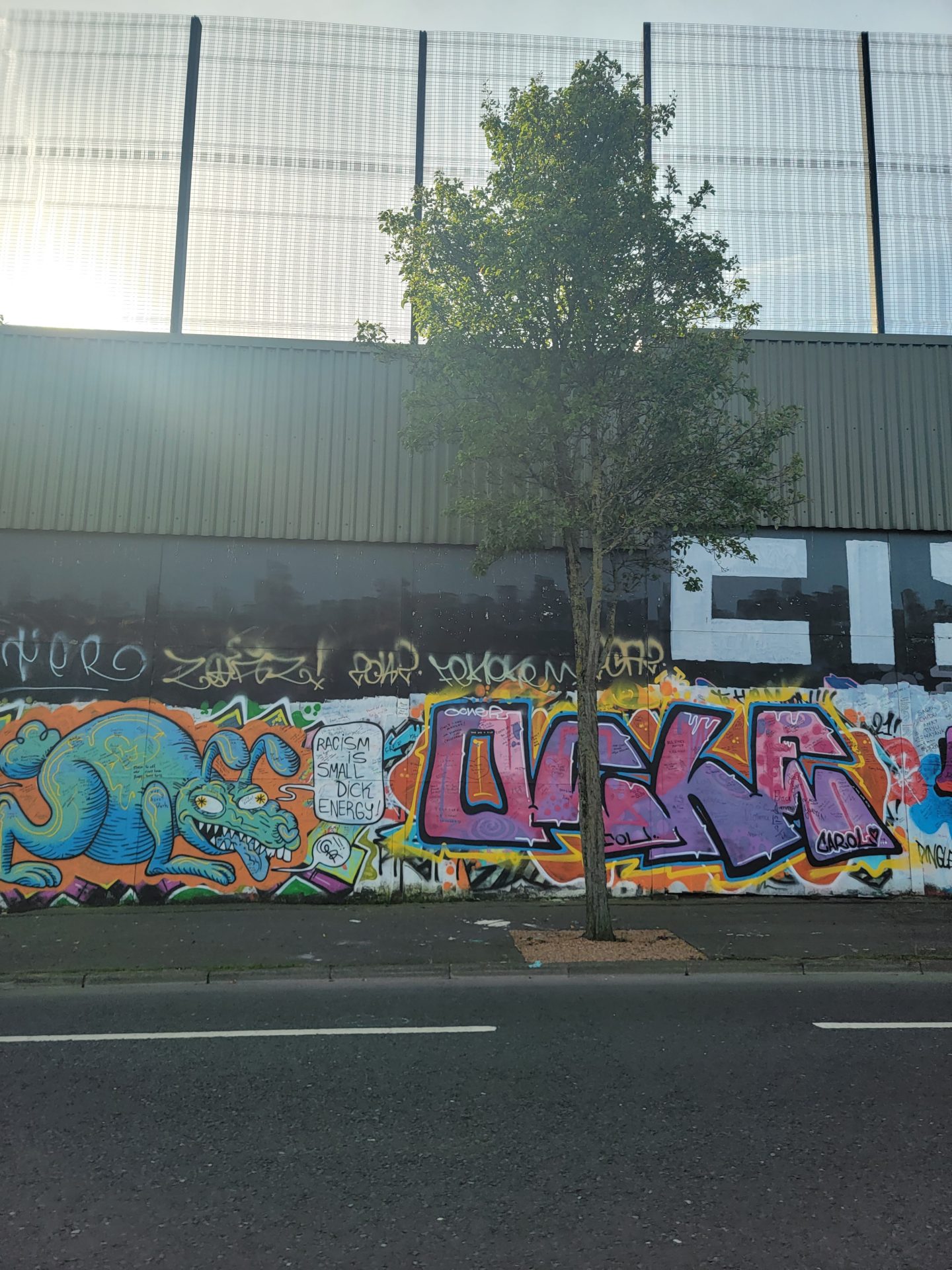Troubles Tour Belfast is part of the Punxsutawney TPOL Trip Report.
I usually skip tours that take me to people’s backyard, e.g., favela tour in Rio. There may be something to learn from going, but I am of the mindset that I wouldn’t want others coming to my neighborhood to observe my day-to-day. The one exception was in Amboseli (see Visiting the Massai Community in Amboseli ). The second was the Political and Mural tour in Belfast, hereafter known as the Troubles Tour.
As someone of Iraqi heritage and as a former professor of terrorism law, I have a thorough understanding of the complex conflict in the Middle East. I had next to no knowledge of the conflict in the United Kingdom between the Protestants and Catholics, an oversimplification of the parties and issues involved.
For 55 pounds, a black taxi drove us around Belfast and told us both the history of the conflict and his first-hand experience growing up during it.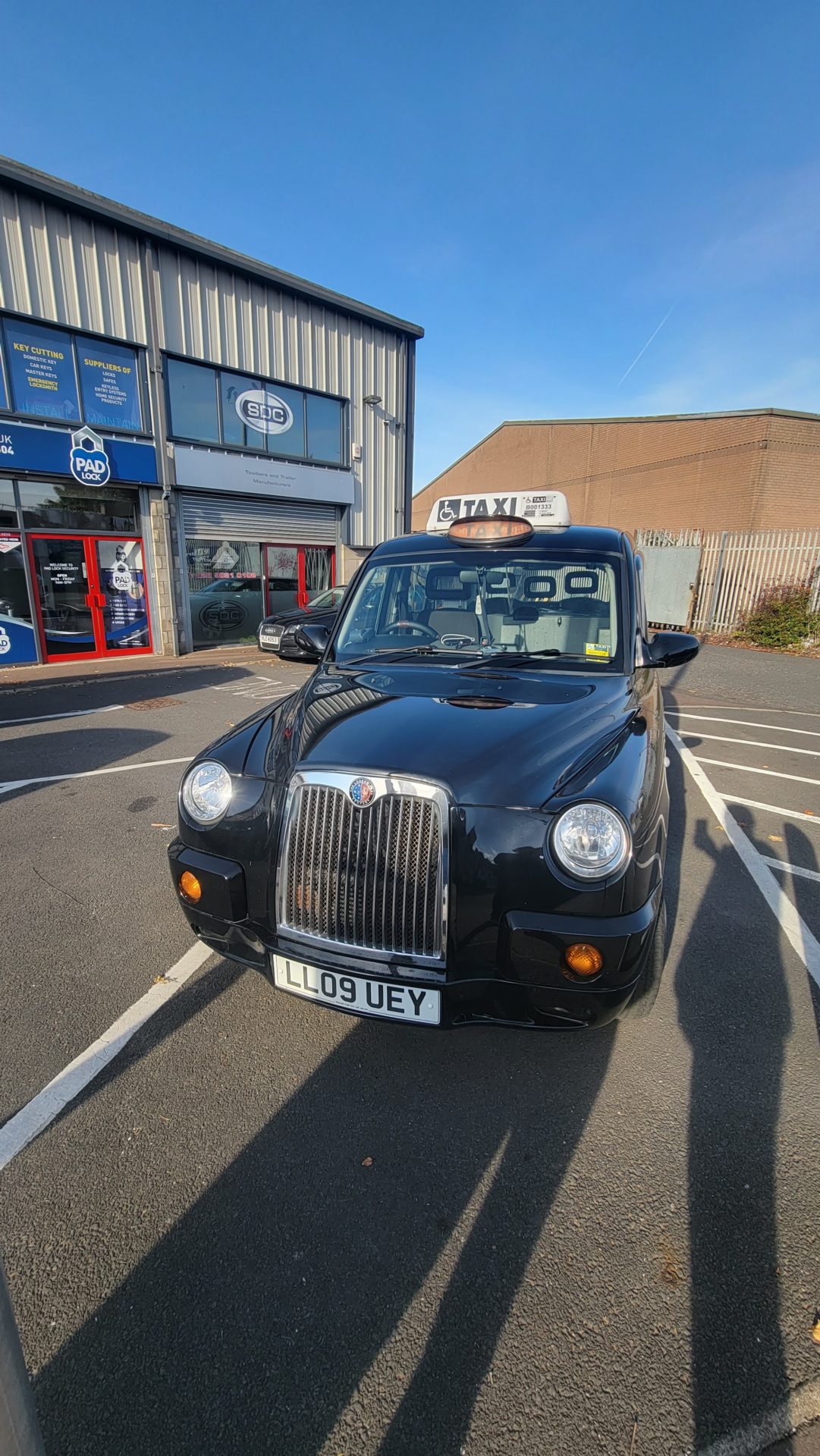
The driver picked us up from our hotel (see AC Marriott Belfast: It’s OK) and began by recounting how Northern Ireland and the Republic of Ireland came to be. He then drove through a gate and stopped the car. He told us that we were now on the Catholic side of town and that the gate to enter it opened at 7AM and closed at 7PM. Ignorant to it all, I asked him to elaborate. What do you mean the gates are closed? How do people on this side get out after 7PM? Is it closed to both pedestrians and cars?
He replied that it was closed to both. Anyone wanting to go beyond the gate would have to make a one-mile detour to go around. He said that this prevented someone from either side who impulsively wanted to do something nefarious. I was in disbelief.
The tour went on and we stopped at memorials. Depending on where we were, the narration of the events was different as were the murals. The Catholic side had a mural of Nelson Mandela, Fredrick Douglas, MLK, Bob Marley, and Castro.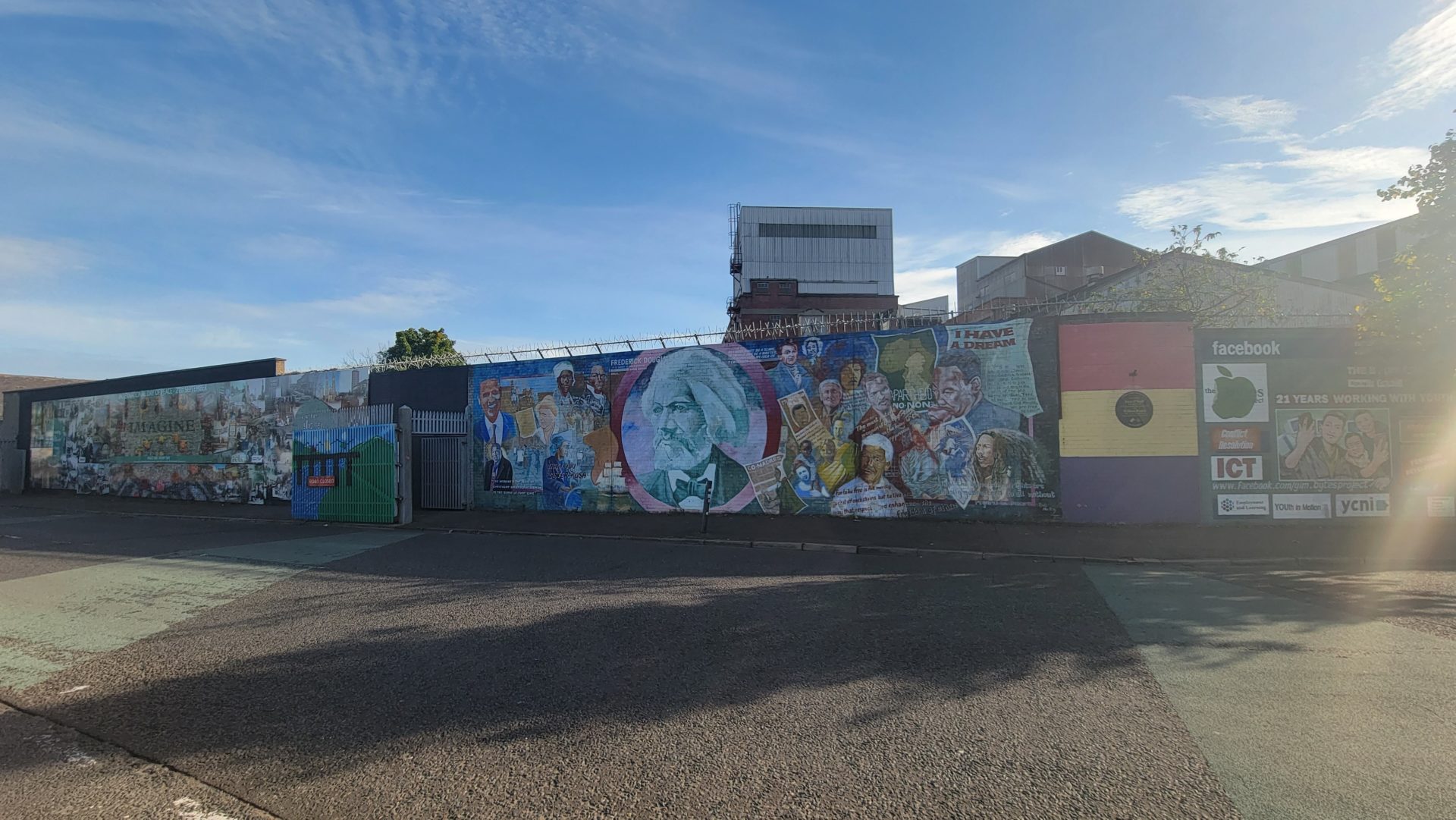
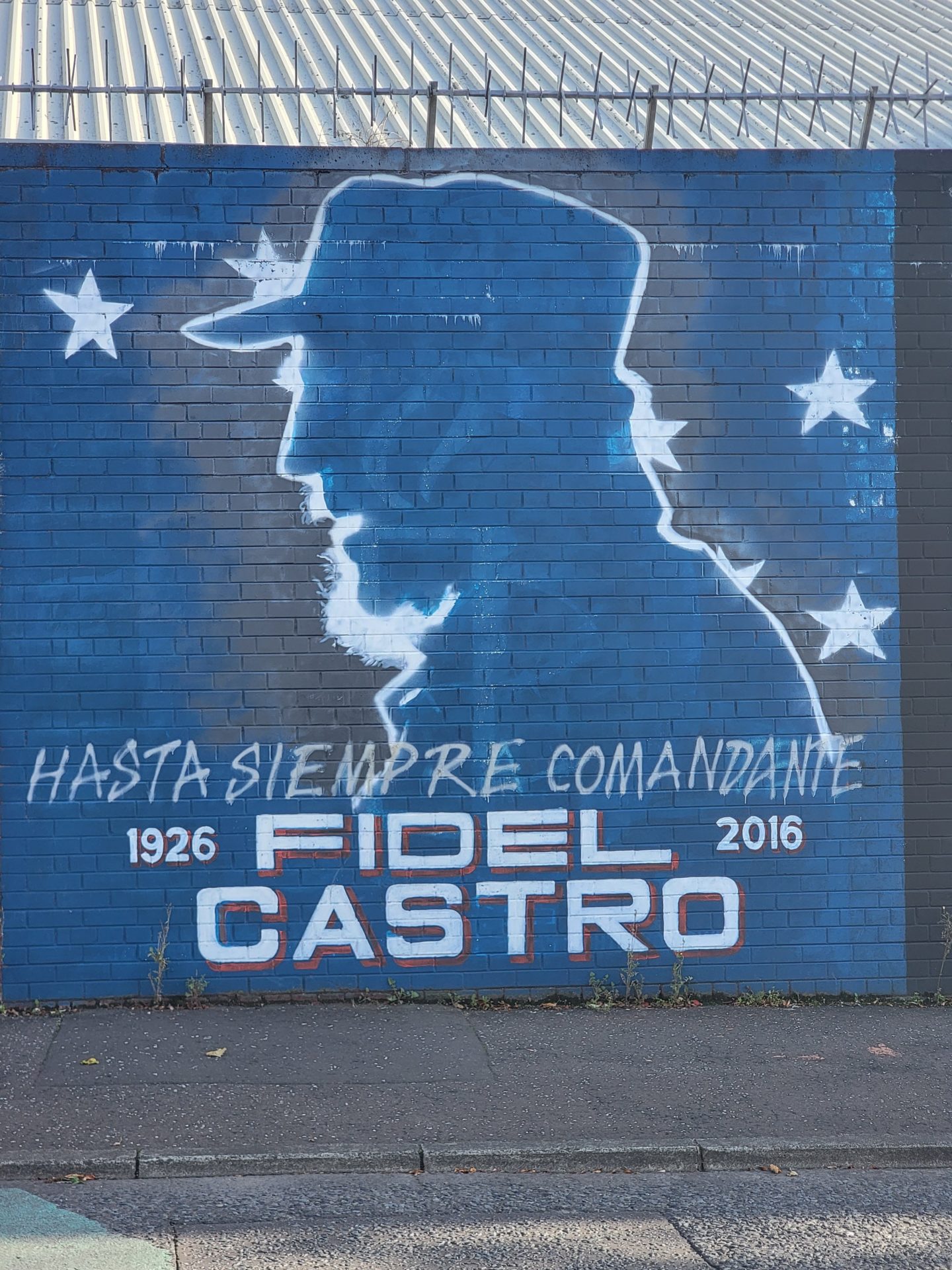
Conflicts and ideologies from across the globe reached Northern Ireland. For example, on the Catholic side, there was a mural showing solidarity with Palestine. The Protestant side had a mural of Kelly who was instrumental in assisting the Israeli army.
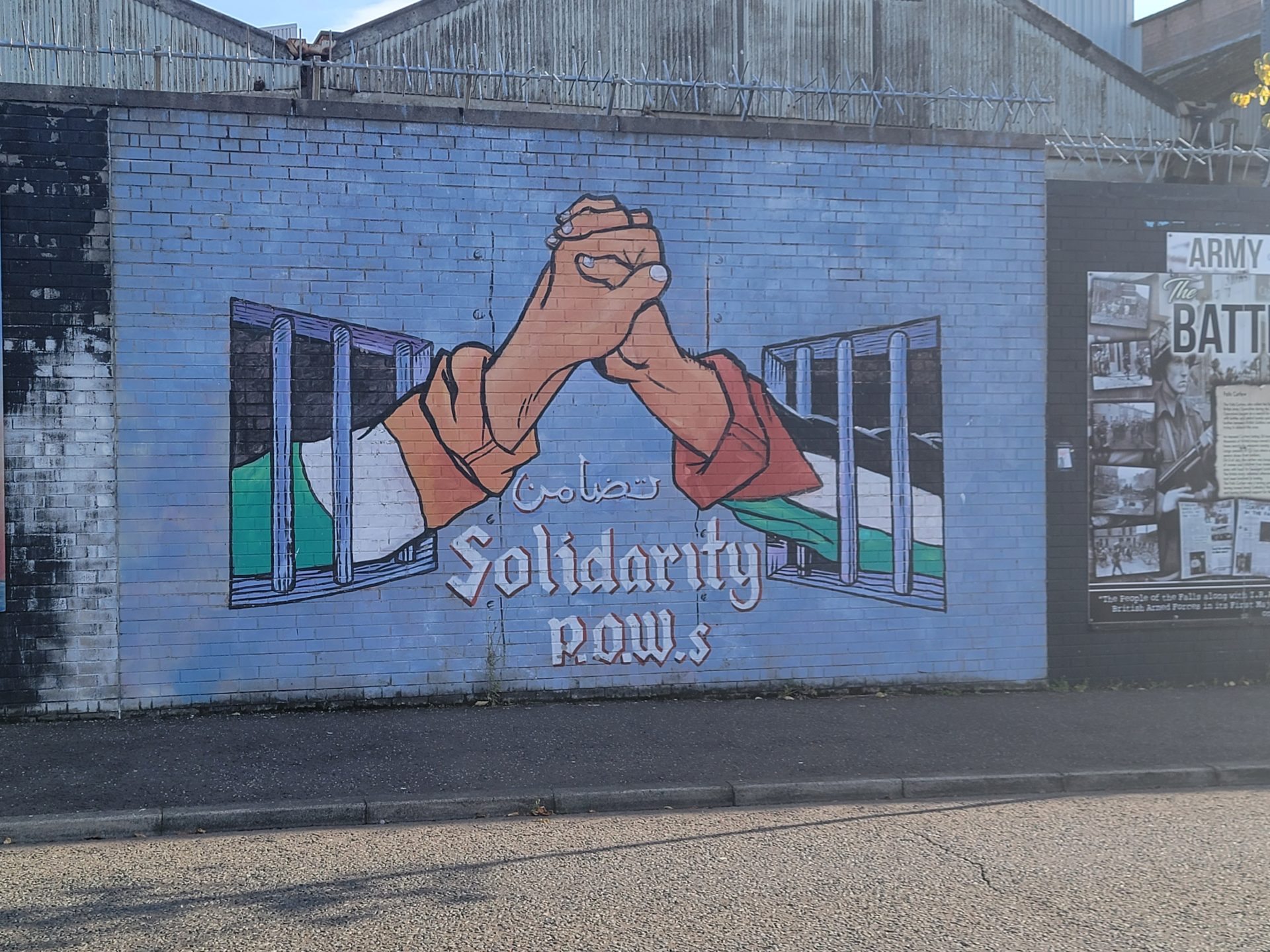
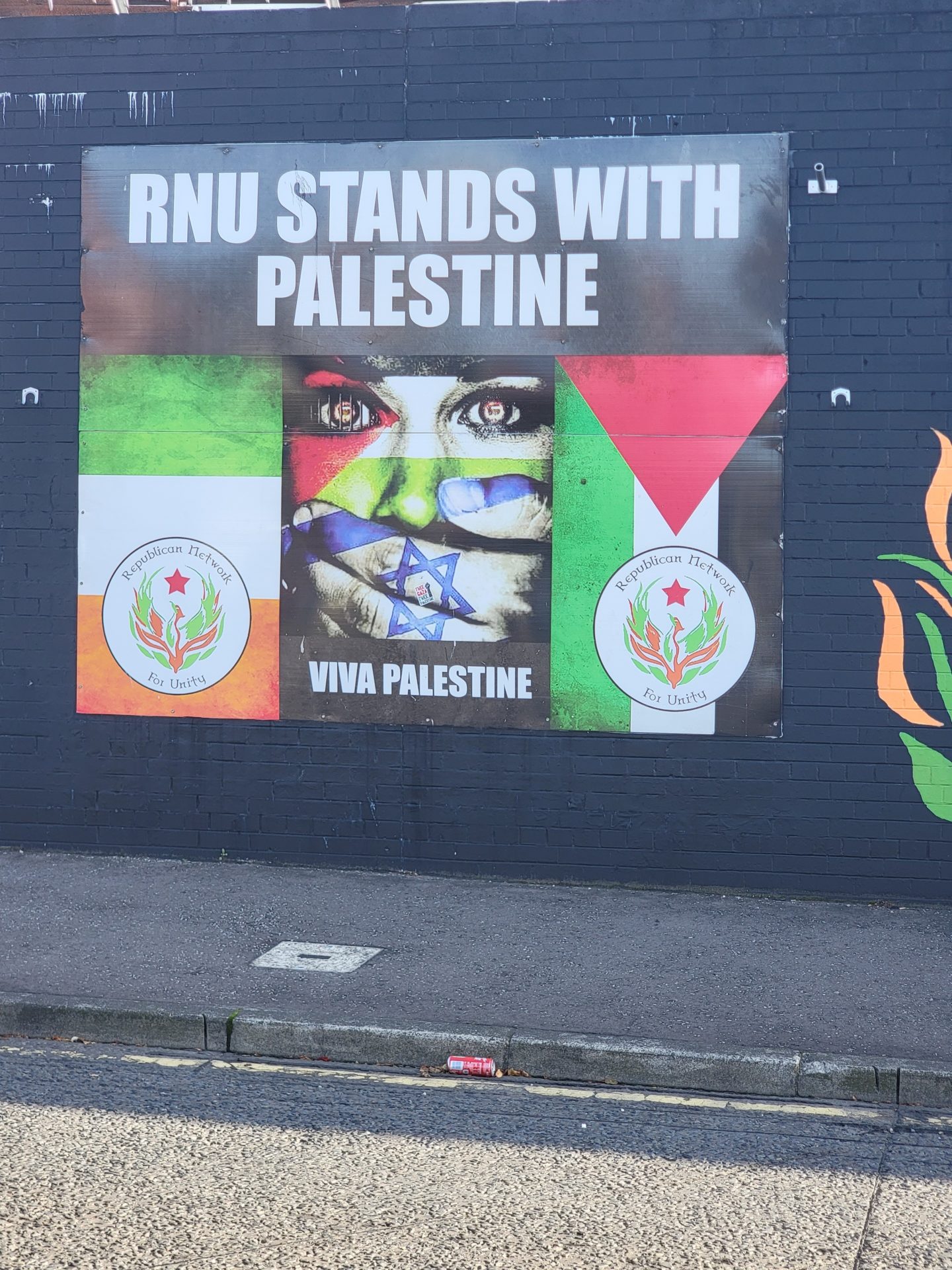
Tragically, both had memorials of men, women, and children who had died as a result of the conflict.
My head was spinning from all the information. It was challenging to keep up with all the names and parties involved. As I am far from an authority on the issue, I will not attempt to summarize the nuances of the conflict. What I can say is that The Troubles, as they are called, began in 1971 and the Good Friday Agreement that ended the Troubles was signed in 1998. This is not ancient history. It was only a few years ago.
The most striking part of the tour was seeing houses that were right against the wall. The back of them had cages built to protect them from Molotov cocktails that could be hurled over the wall. That they are still there today shows the precariousness of the situation.
The other side of the wall is called The Peace Wall, an odd name for something so divisive. The Peace Wall was built in three phases. First, it was concrete, then it was fencing, then it was higher fencing. The tour guide suggested that we sign the wall. I felt uncomfortable doing so as I was trying to internalize everything I was being told.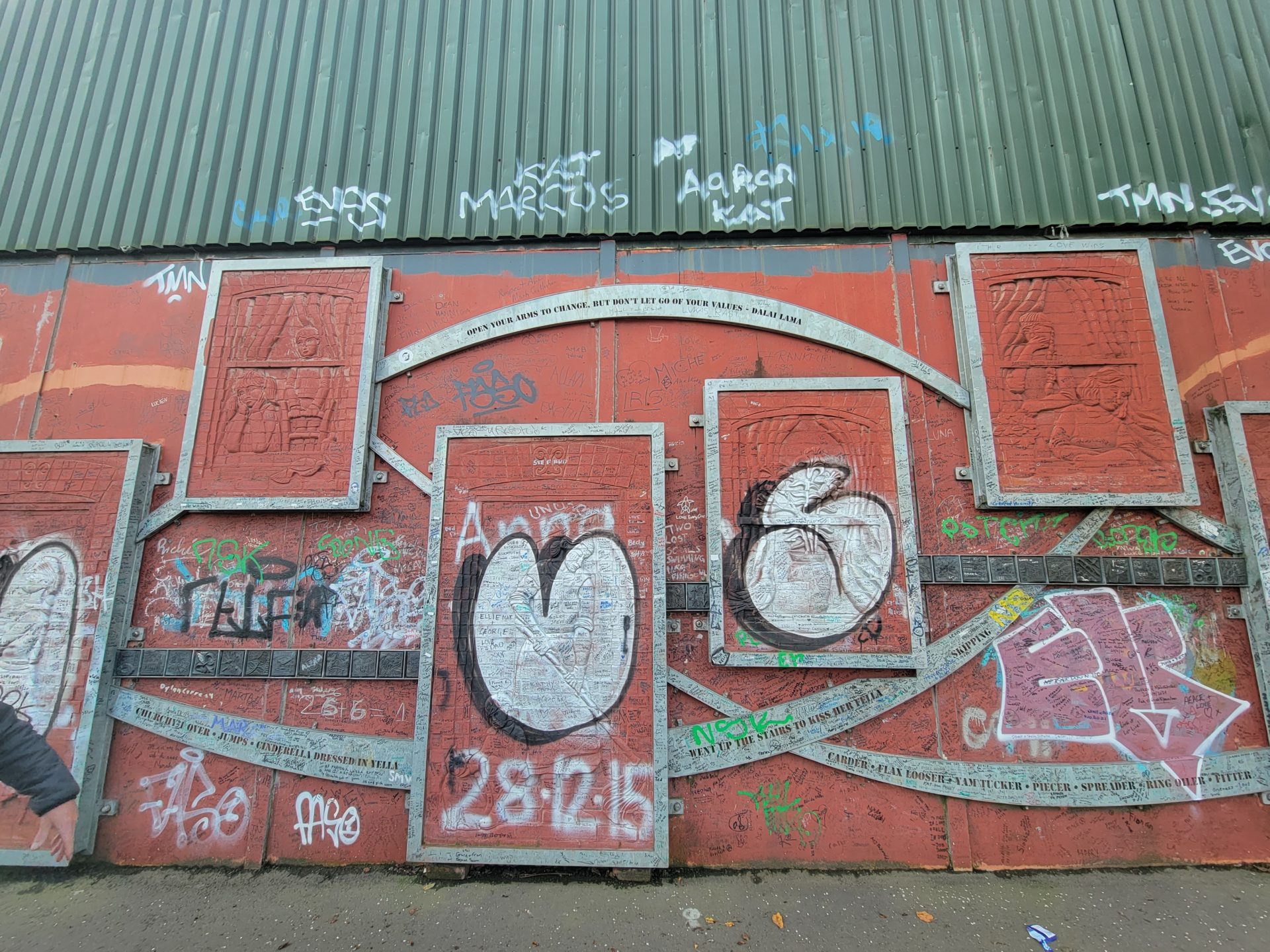
From there, we went to the city center. I saw McDonald’s, Zara, and the Opera house. The driver dropped us off at a pub and the tour was done. It was strange to pretend that everything was normal (see Guns & Butter: Belfast Travel Guide).
Overall
I know much more about this conflict now than I did before the tour. Having said that, I still know nothing.
